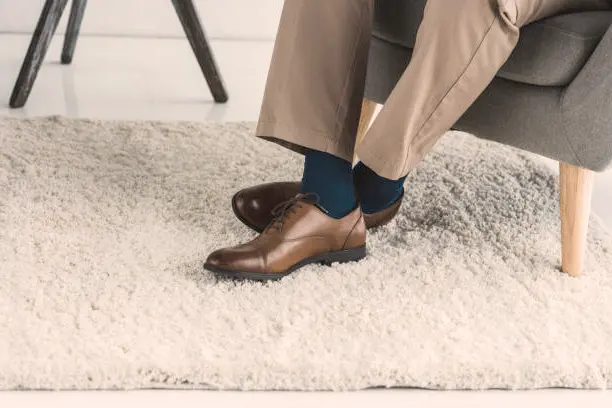
The Resilience of Shoe Crafting: Navigating Through Time
- Admin
Shoe crafting, an ancient art form dating back to early civilizations, continues to stand the test of time. Despite the advent of mass production and technological advancements, the craft perseveres, weaving a narrative of resilience and adaptation. In this article, we explore the enduring legacy of shoe crafting, tracing its evolution through history and its contemporary significance in a rapidly changing world.
The Ancient Origins:
The origins of shoe crafting can be traced back to ancient civilizations such as Mesopotamia, Egypt, and China, where early humans fashioned rudimentary footwear from natural materials like leather and woven fibers. These primitive shoes served not only as protection for the feet but also as symbols of status and cultural identity, reflecting the ingenuity and resourcefulness of early shoemakers.
The Renaissance of Shoemaking:
The art of shoemaking experienced a renaissance during the Middle Ages and Renaissance periods, as guilds of skilled craftsmen emerged across Europe. Shoemakers, known as cordwainers, honed their craft with meticulous attention to detail, creating bespoke footwear for nobility and commoners alike. The era saw the development of new techniques, such as welted construction and decorative embellishments, laying the foundation for modern shoemaking practices.
Industrialization and Innovation:
The Industrial Revolution brought significant changes to the shoemaking industry, with the introduction of mechanized production methods and standardized sizing. Mass-produced shoes became more accessible to the general population, leading to a decline in traditional craftsmanship. However, amid the rise of factory-made footwear, a niche market for bespoke and artisanal shoes persisted, catering to those who valued quality and individuality over mass production.
The Revival of Craftsmanship:
In recent decades, there has been a resurgence of interest in traditional craftsmanship and handmade goods, driven by a desire for authenticity and sustainability. Shoemakers and artisans around the world are reclaiming the art of shoemaking, blending time-honored techniques with contemporary design sensibilities. From small workshops to luxury ateliers, these craftsmen are preserving the heritage of shoe crafting while adapting to the demands of the modern market.
Conclusion:
In conclusion, the tradition of shoe crafting embodies the resilience of human creativity and ingenuity. From its humble beginnings in ancient times to its evolution through industrialization and revival in the modern era, shoemaking remains a timeless craft that continues to inspire and endure. As we navigate the complexities of the 21st century, the art of shoe crafting serves as a reminder of our connection to the past and our capacity to adapt and innovate in the face of change.
